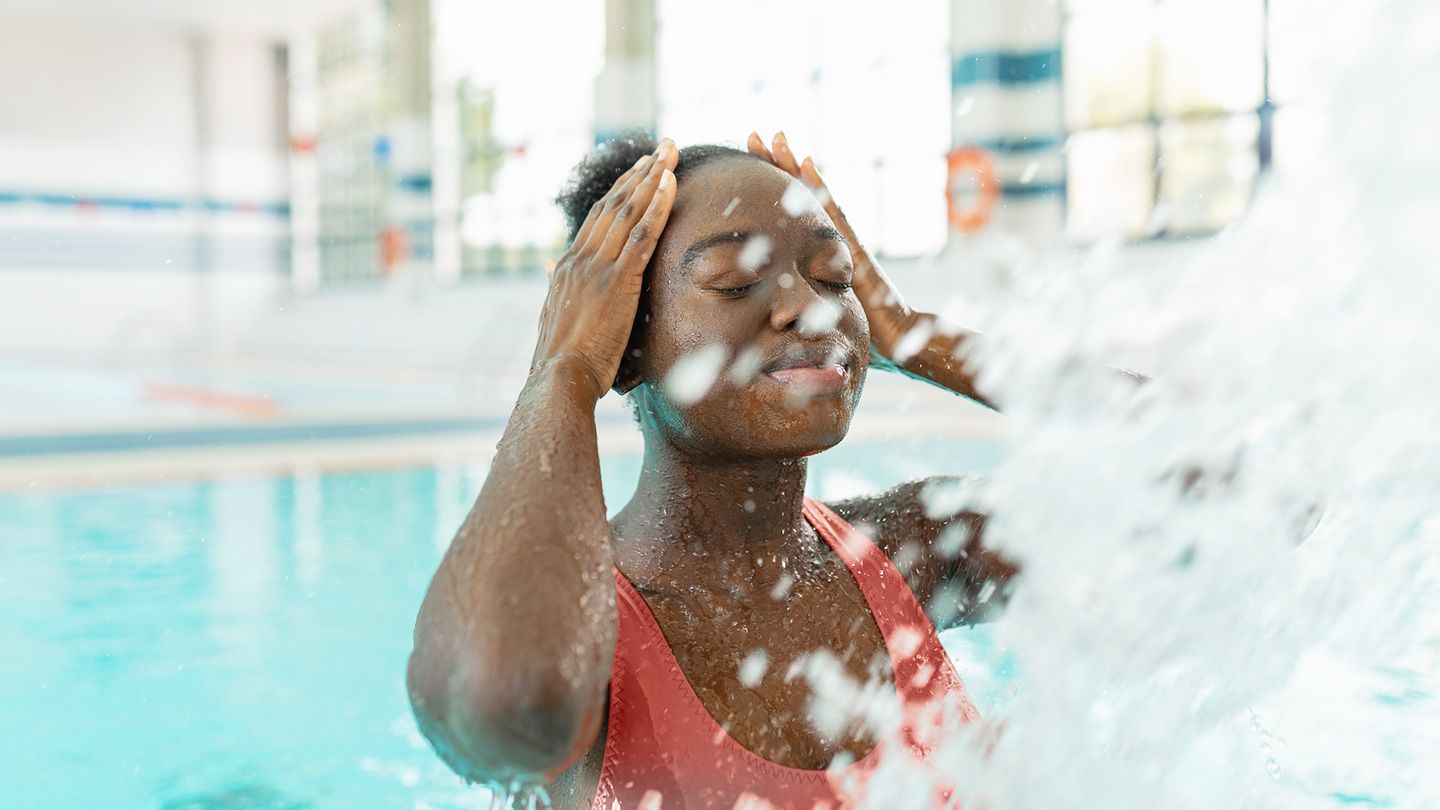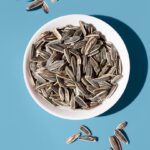Overuse Can Cause Abdominal Muscle Strain
Abdominal muscle strain due to an overuse injury is another cause of stomach pain after swimming, according to Strength Lab LDN, a personal training studio with locations in London. Overuse injuries are common in swimming, because it consists of repetitive movements that engage the same muscles over and over.
There’s more of a risk of injury if your inner core muscles (the deep abdominal and back muscles that stabilize the spine) are weak, says the Canadian Academy of Manual and Musculoskeletal Physiotherapists (CAMPT). This might be the case if you’re new to swimming or returning after a lengthy absence.
According to research, symptoms of abdominal strain include:
- Pain and swelling of the muscle
- Reduced muscle movement or stiffness
- Skin bruising or discoloration
If you experience this kind of stomach pain after swimming, you should rest to allow your strained muscles to recover. Apply cold packs soon after the injury to reduce inflammation, and consider using a compression bandage or garment to lessen bruising and aid in muscle recovery. Once the inflammation subsides, a heating pad or other warm compress can be helpful, says the Cleveland Clinic. Heat therapy increases blood flow and relaxes stiff muscles, helping ease pain.
If you have significant pain, bruising, or a visible bulge when you contract the muscle, you may need imaging. An ultrasound, CT, or an MRI can help your doctor determine the extent of the injury and formulate a treatment plan. Physical therapy or surgery may be warranted if the injury is more severe.
If a weak core has contributed to a muscle injury, you can work on strengthening your abs and core once you recover. A strong core will make you less prone to swimming-related injury, the Mayo Clinic says. Your core helps you stabilize your body position in the water while adding power to your movements, according to Evolve Physical Therapy, a practice with locations in Oregon. This contributes to improved technique and a more efficient stroke, in addition to injury prevention.
Read the full article here




